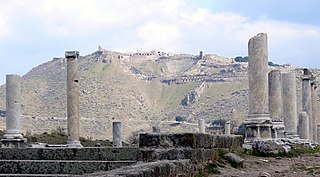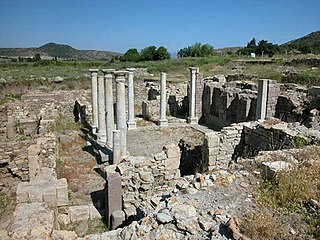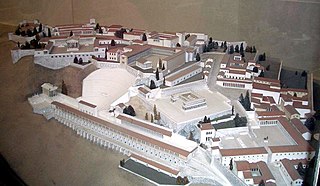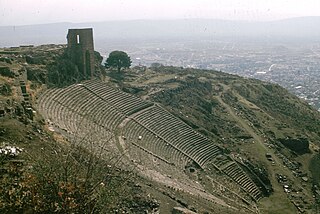8 Sights in Bergama, Turkey (with Map and Images)
Legend
Welcome to your journey through the most beautiful sights in Bergama, Turkey! Whether you want to discover the city's historical treasures or experience its modern highlights, you'll find everything your heart desires here. Be inspired by our selection and plan your unforgettable adventure in Bergama. Dive into the diversity of this fascinating city and discover everything it has to offer.
Sightseeing Tours in Bergama1. Asclepion
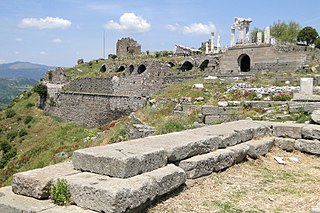
Pergamon or Pergamum, also referred to by its modern Greek form Pergamos (Πέργαμος), was a rich and powerful ancient Greek city in Aeolis. It is located 26 kilometres (16 mi) from the modern coastline of the Aegean Sea on a promontory on the north side of the river Caicus and northwest of the modern city of Bergama, Turkey.
2. Altar of Zeus
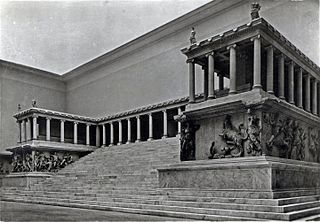
The Pergamon Altar was a monumental construction built during the reign of the Ancient Greek King Eumenes II in the first half of the 2nd century BC on one of the terraces of the acropolis of Pergamon in Asia Minor.
3. Library of Pergamon
The Library of Pergamum is an ancient Greek building in Pergamon, Anatolia, today located nearby the modern town of Bergama, in the İzmir Province of western Turkey. It was one of the most important libraries in the ancient world.
4. Allianoi
Allianoi is an ancient spa settlement, with remains dating predominantly from the Roman Empire period located near the city of Bergama in Turkey's İzmir Province. The site is at a distance of 18 kilometers to the northeast of Bergama, on the road to the neighboring town of İvrindi. Allianoi is directly inside the reservoir of the Yortanlı Dam, built by the Turkish State Hydraulic Works. After ongoing discussion in Turkey with regards to preserving Allianoi's ruins, the site was covered with sand and the dam was activated, resulting in Allianoi's complete inundation and destruction in February 2011.
5. Temple of Dionysos
The Dionysus sanctuaries of Pergamon are at least two buildings of the Hellenistic period in Pergamon that were dedicated to the cult of the Greek god Dionysus. They were uncovered by German archaeologists at the end of the 19th century during the excavation of the theatre terrace. Since then, there have been several excavations that have deepened the knowledge of the sanctuaries and the cult of Dionysus in Pergamon.
6. Theater
The Greek theater of Pergamon is located on the steep west slope of the Burgberg. The first traces of a fortified and with wooden theater at this point can be used in the early 5th century BC. BC. Date. The auditorium, the so -called koilon, was mainly created in the late 5th century. It offered space for 10,000 spectators who got access to their seats via the theater terrace. The terrace design itself with its halls and the temple of the Dionysus at its northern end was in the first half of the 2nd century BC. BC built. At that time, the theater still had a wooden Skene and a wooden prosk. In the later 2nd century BC In addition to other changes, a first stone stage was built from Andesit, but the stage building behind it was still a wooden structure that could be assembled and dismantled if necessary. Only on the change from the 2nd to the 1st century BC The stage building was replaced by a marble version. A last redesign took place in the 2nd century AD.
7. Demeter tapınağı
The Demeter Sanctuary of Pergamon is a sanctuary for the fertility goddess Demeter located on the southern slope of the castle hill, which was particularly important in the Hellenistic period, but also under Roman rule in Pergamon. The sanctuary itself is old, its use can be traced back to the 4th century BC. For the new construction, which was carried out under Philetairos and his brother Eumenes, the old city wall was demolished. The first indications of its existence were discovered in 1875 by Carl Humann while examining the fortification walls of the castle hill and were quickly identified on the basis of fragments of inscriptions. Excavations began in 1898 under the direction of Wilhelm Dörpfeld, which initially lasted until 1912. Follow-up investigations and building surveys were then carried out regularly, and the results were presented monographically in 1981.
8. Hera'nın Tapınağı
The Hera Sanctuary of Pergamon is a cult complex of the Hera Basileia from the 2nd century BC on the southern slope of the Acropolis of Pergamon. The associated temple was discovered in 1906 during the excavations of the Gymnasium of Pergamon and excavated from 1911 onwards.
Share
How likely are you to recommend us?
Disclaimer Please be aware of your surroundings and do not enter private property. We are not liable for any damages that occur during the tours.
